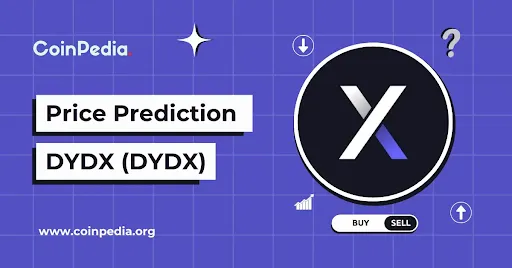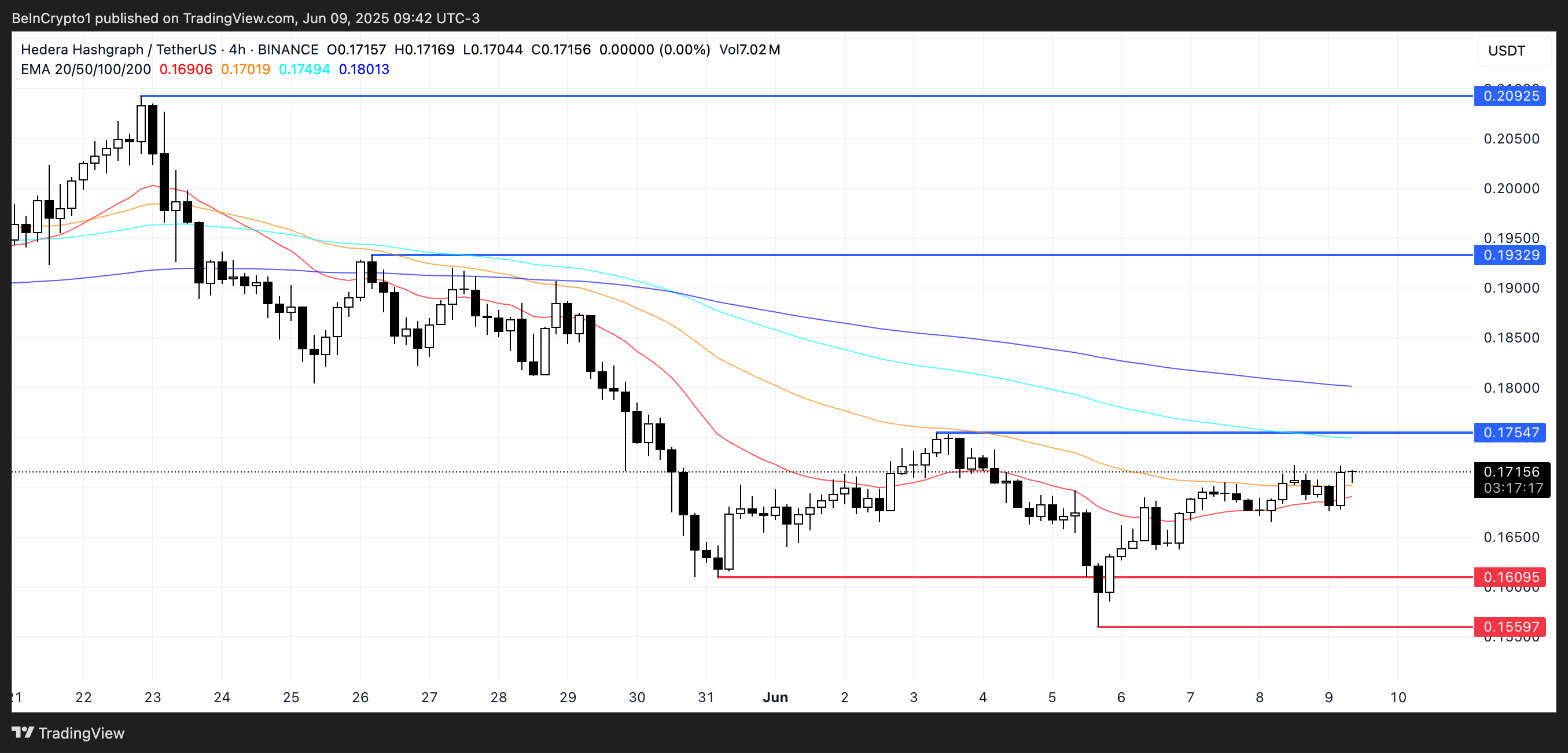
The post Minnesota Senator Jeremy Miller Introduces Bitcoin Act After Shifting Views appeared first on Coinpedia Fintech News
Minnesota State Senator Jeremy Miller has introduced the Minnesota Bitcoin Act, a proposal he created after a complete shift in his views on Bitcoin.
Minnesota Bitcoin Act Seeks to Modernize State Finances
Minnesota could become one of the first states to use Bitcoin and other cryptocurrencies for state investments, retirement plans, and tax payments. The Minnesota Bitcoin Act (SF2661), introduced by Senator Jeremy Miller on March 18, aims to expand financial options, modernize payments, and create new opportunities for residents.
“As I do more research on cryptocurrency and hear from more and more constituents, I’ve gone from being highly skeptical to learning more about it, to believing in Bitcoin and other cryptocurrencies,” Miller noted in a March 18 statement.
Miller believes the bill will help “promote prosperity” for Minnesotans by letting the Minnesota State Board of Investment to invest in Bitcoin and other cryptocurrencies, just like it does with traditional assets.
“I believe global digital currencies are here to stay and it’s inevitable that they become more and more mainstream,” he said. He further added Crypto is a versatile digital asset that can be used in multiple ways, including as investments, global currency, or a hedge against inflation. Besides, 23 other states are also exploring similar Bitcoin reserve bills.
Miller’s bill would allow Minnesota state employees to add Bitcoin and other cryptocurrencies to their retirement accounts. It would also give residents the option to pay state taxes and fees with Bitcoin.
States Follow Lummis’ Lead with Bitcoin Reserve Bills
Several states are pushing forward with Bitcoin and crypto measures. Texas lawmakers are advancing a plan for a state-managed Bitcoin reserve, along with nearly two dozen other states. New Hampshire is considering a bill to allow state investment in Bitcoin, and Colorado and Utah accept crypto for tax payments. Louisiana uses crypto for state service payments. The federal government is also exploring proposals for a national Bitcoin reserve.
Under the bill, investment gains from Bitcoin and other cryptocurrencies would be exempt from state income taxes. In the U.S., up to $10,000 paid to the state can be deducted from federal taxes, but amounts above that are taxed at both the state and federal levels.
More U.S. states are introducing Bitcoin reserve bills, following Senator Cynthia Lummis’ July proposal for a Strategic Bitcoin Reserve Act, which directs the federal government to buy 200,000 Bitcoin annually for five years, totaling 1 million Bitcoin. On March 12, Lummis reintroduced the BITCOIN Act, allowing the government to hold over 1 million Bitcoin as part of a new reserve.





 -3.55%
-3.55% 


